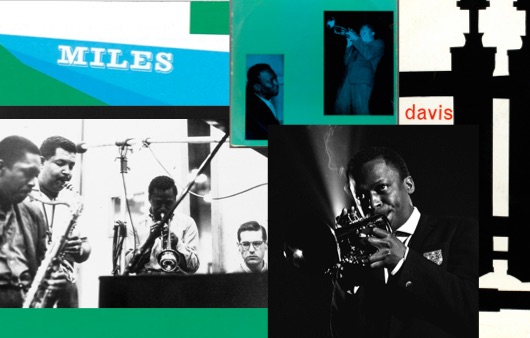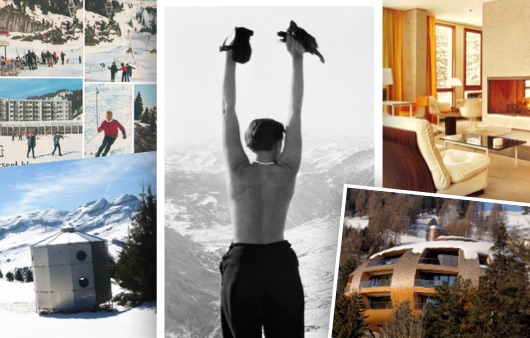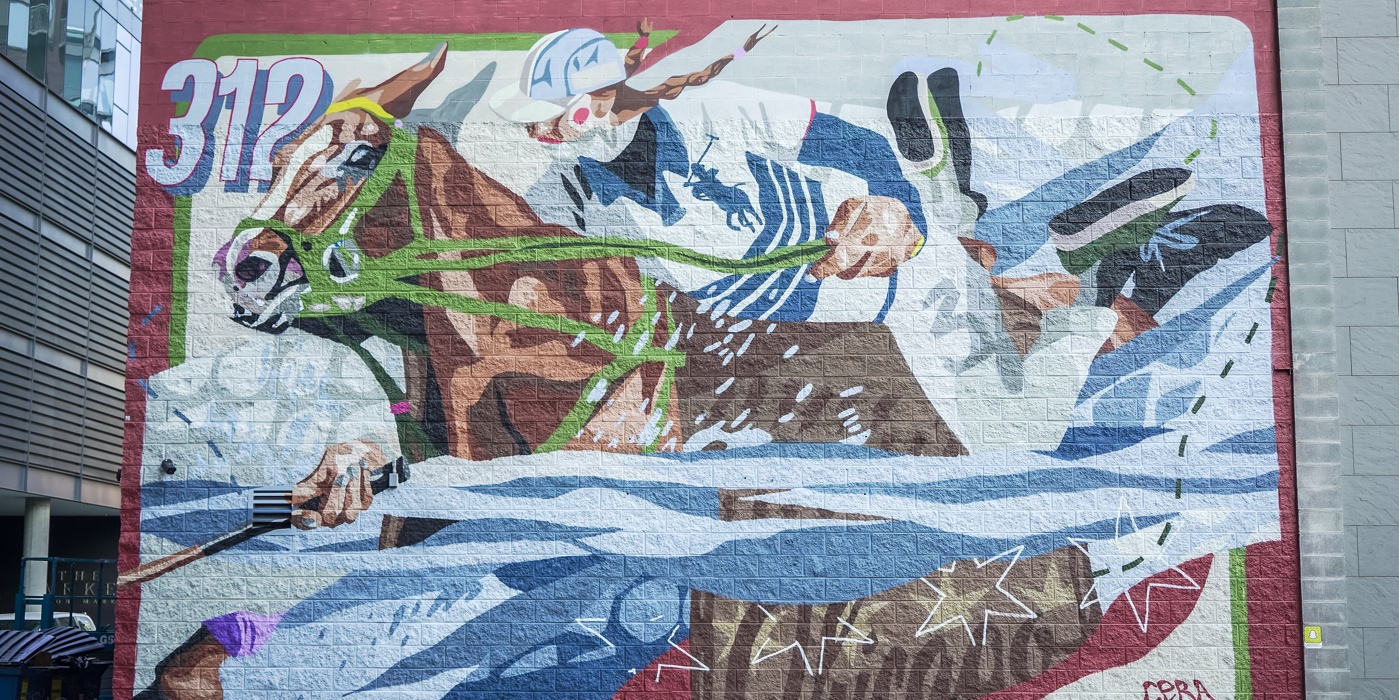
Artists in Residence: CERA
in Chicago
Inspired by iconic Polo imagery, three artists took to the streets of their beloved cities to create large-scale murals that reflect both their neighborhoods and their signature style
Janson Rapisarda moved to Chicago from Philadelphia only about a year ago, but he seems to already be in a deep dialogue with the city around him. Chicago has been something of a favorite destination for Rapisarda, and his murals (including an eye-catching piece of a dog and a cat bounding across the façade of an animal rescue in the suburb of Naperville) have dotted the city for the past decade.
Rapisarda, who has been creating street art under the name CERA for about 10 years, says that painting murals in Chicago—and skateboarding through it—has given him a new appreciation for the spaces that surround him.
“There’s this interesting relationship with public art and skateboarding and travel where you’re always looking at your surroundings,” says Rapisarda on the phone from his home in Berwyn, on the outskirts of Chicago, one morning in late June. “You’re always thinking about the place that you exist in. With skateboarding, it’s looking for spots that I can skate, and who’s gonna let me skate there, or if there’s a skate park available, and so you’re thinking about location. And with public art, it’s very similar: I’ll be driving with my girlfriend or with my mom and be like, ‘Oh, look at that. That would be a great wall to paint.’”
Still, getting the concept up on that wall takes what Rapisarda calls a “funny, backwards process.” He starts with an image bank—photos he’s taken, images from magazines—and creates a photo collage in Adobe Illustrator.
“I grab a hand here or an arm there, pull a face from one thing and a hat from another, and sort of just collage and compile them until you’re creating a figure that seems to pull together the way that you want it to,” he says of why his images have a kind of off-kilter, distorted quality to them. “It starts from photographic and then goes into this realm of picking apart, and then redrawing and re-creating something that wasn’t really in any of those photos.”
After piecing together the collage, Rapisarda digitally traces over it to bring all the various parts together into one cohesive image. He then creates a vector outline of the image, and from there he can fill in the empty spaces, giving the image a wonderful paint-by-numbers, color-blocked aesthetic.
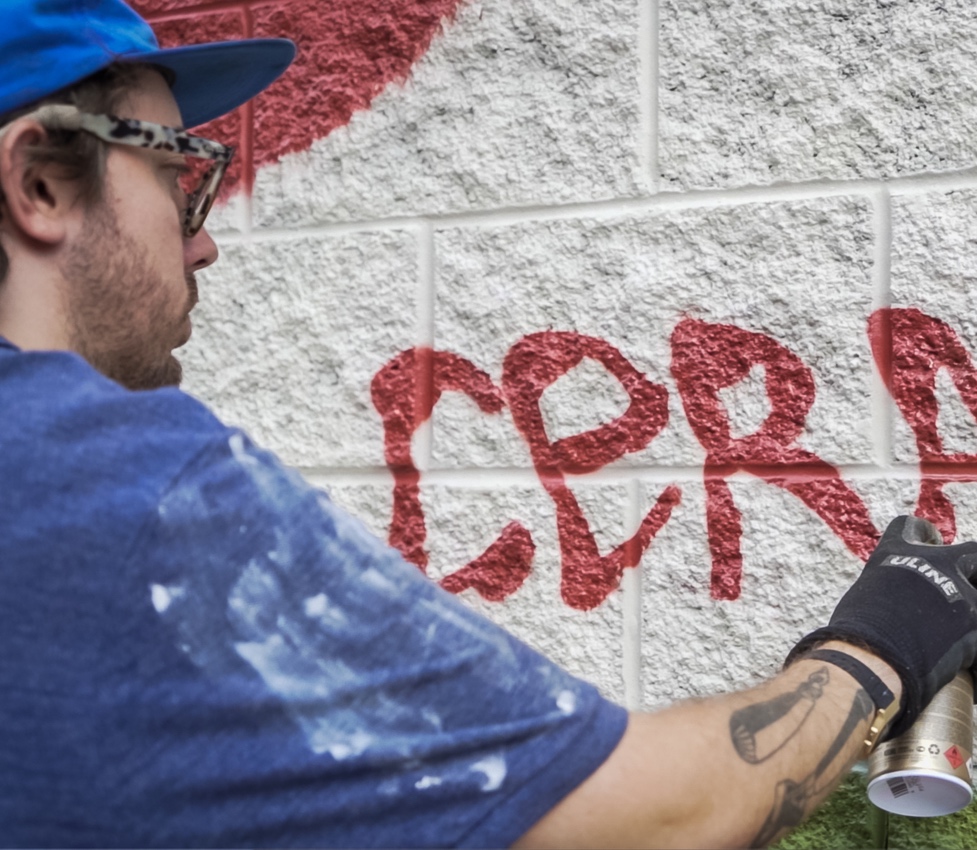
With his digital render in hand, Rapisarda enters his favorite stage of his creative process: the actual painting.
“There’s something so special about working on site,” he says. “I love when people are walking by, or when I’m working up on a lift. Five o'clock rolls around and people walk out on their porches, have a cocktail, and watch me paint. I think the gallery work is still super fun, and there’s a lot you can do with it, but I've just found it’s like skateboarding: You’re outside; it’s exciting.”
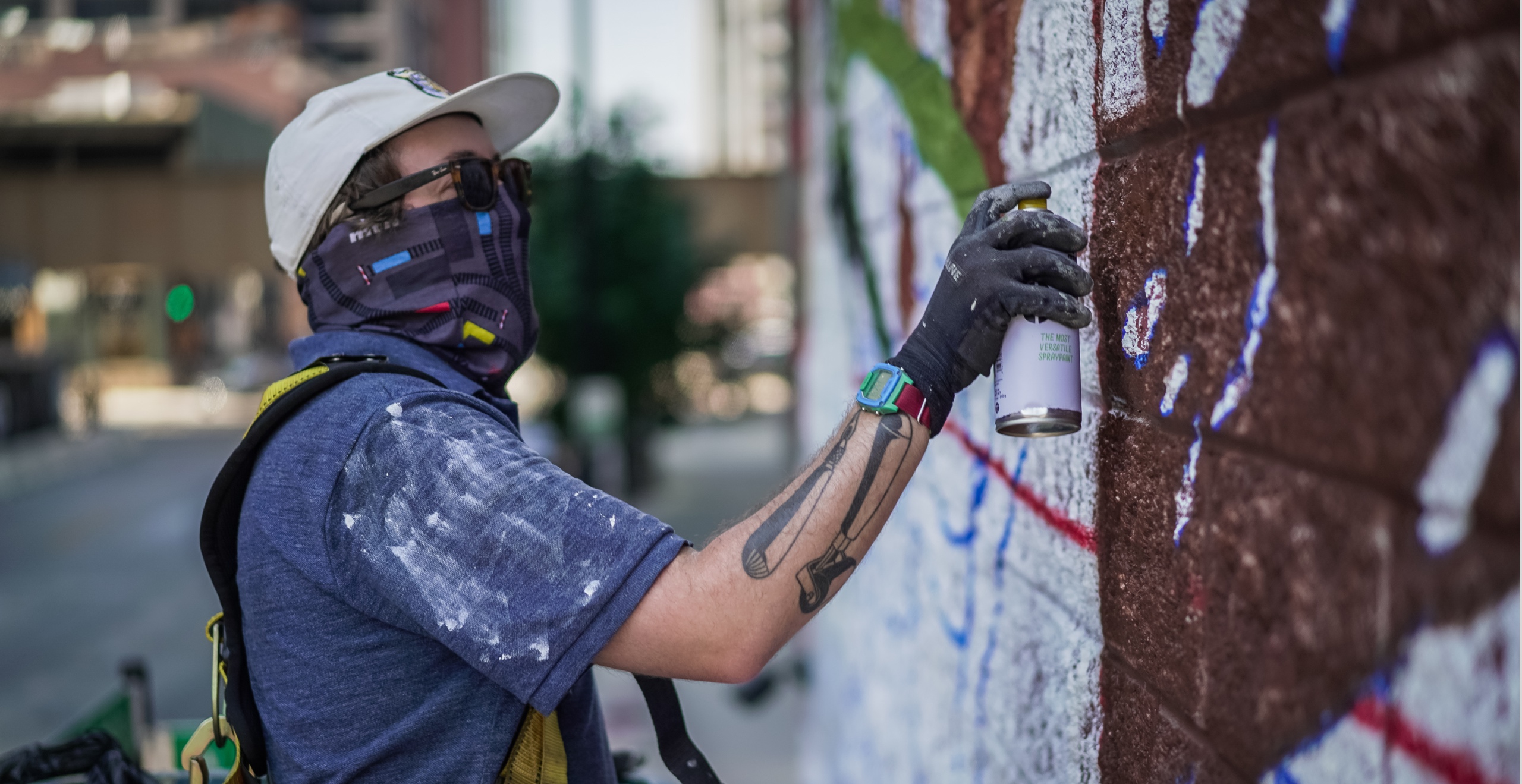
And it feeds into Rapisarda’s belief system of making work made for the streets. While studying at the Milwaukee Institute of Art & Design (he graduated in 2012), Rapisarda began making posters for wheatpasting (named for the fact that the posters are affixed to walls with a slurry of flour and water). He credits professors there that “knew what he was doing” with street art and graffiti and put the idea into Rapisarda’s head that he could be a muralist. And despite now taking on a client base for his murals, he’s never let go of the freedom street art affords him.
“It’s an incredibly inclusive space for making work,” he says, “because it’s visible to all demographics that exist in the area. When it was postering and wheatpasting, the standby justification is always like, ‘I’m doing it on my own terms. I’m not working for anyone so I can say exactly what I want to say,’ and the longer I’ve worked with clients, the more I’ve realized that you can do that anyway. As I’ve grown and really gotten into a stride of making the work that I want to make, I’ve found that this to me is so much more freeing and so much more inclusive than doing it illegally.”
One thing that remains fairly constant is the content of Rapisarda’s murals. The cat and dog at the animal rescue wasn’t an anomaly. Rapisarda often depicts animals, whether it’s cats, dogs, tigers, birds, or for the Ralph Lauren mural, a polo horse.
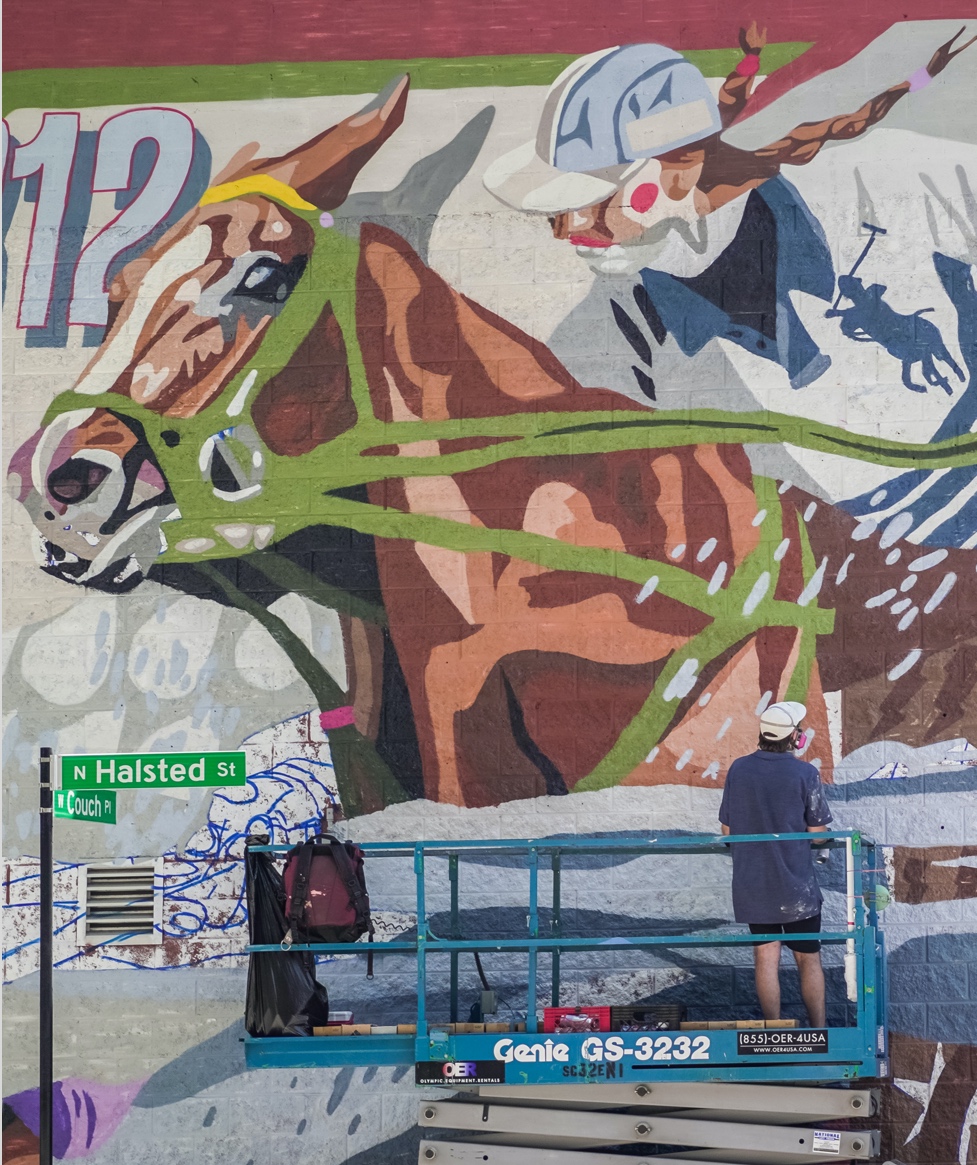
“We went through a couple of different concepts,” Rapisarda says. “One of the first ones was the polo player riding a tiger. We came around to actually tying in a horse instead. I was really excited to do that, because it brought a more literal translation from the actual Polo logo. And you’re able to kind of create this whole persona and narrative based on Ralph Lauren history, which is really interesting to actually put a human form to it, to put an actual person to that logo.”
The final design depicts a polo horse and jockey vaulting through water, the jockey’s braids flying behind her, and a 312 emblazoned over them, signifying the area code of Chicago. It’s something he gets audibly excited over starting to paint, and the long history of artist collaborations—like the Art Wall at the Ralph Lauren Denim & Supply store in Manhattan that had featured the work of street artists like Hellbent and Jonathan Bartlett—is not lost on Rapisarda.
“It’s been interesting and kind of a big deal for me to have the opportunity to showcase my work and be able to come to the table with my own set of skills.”




